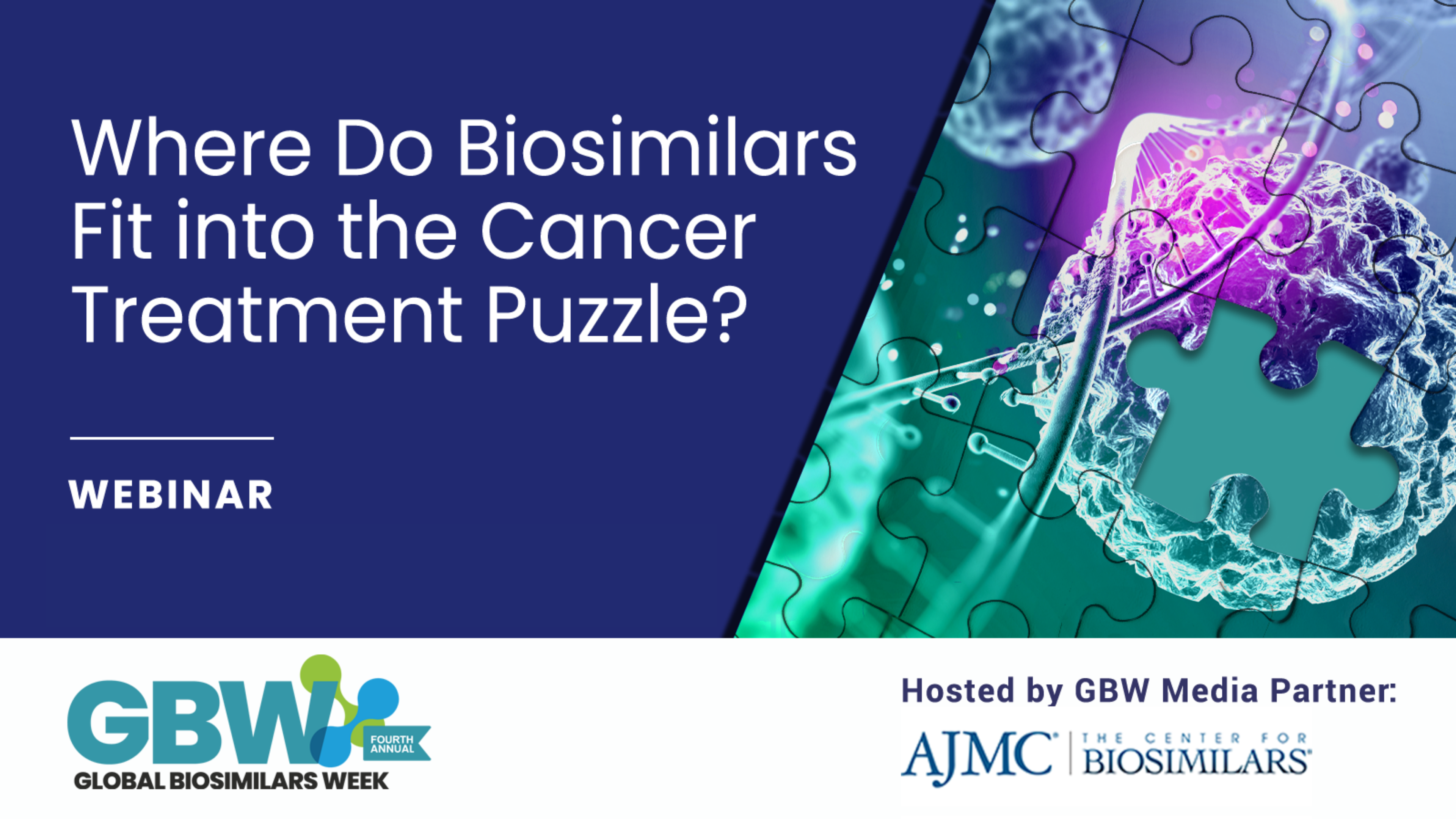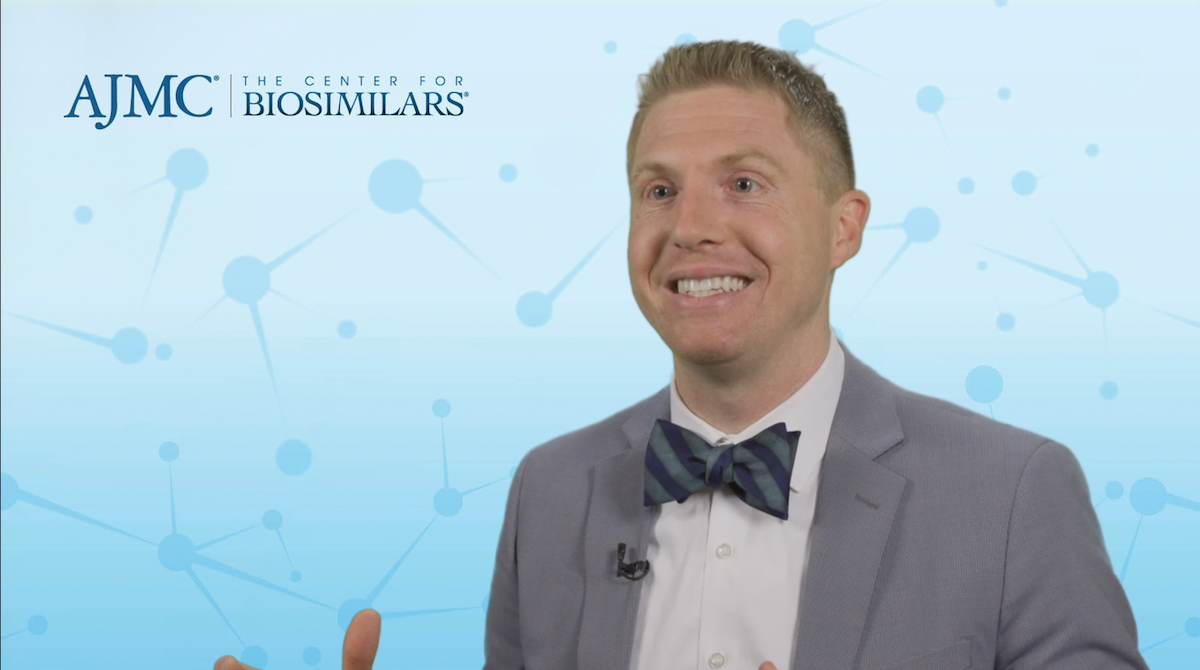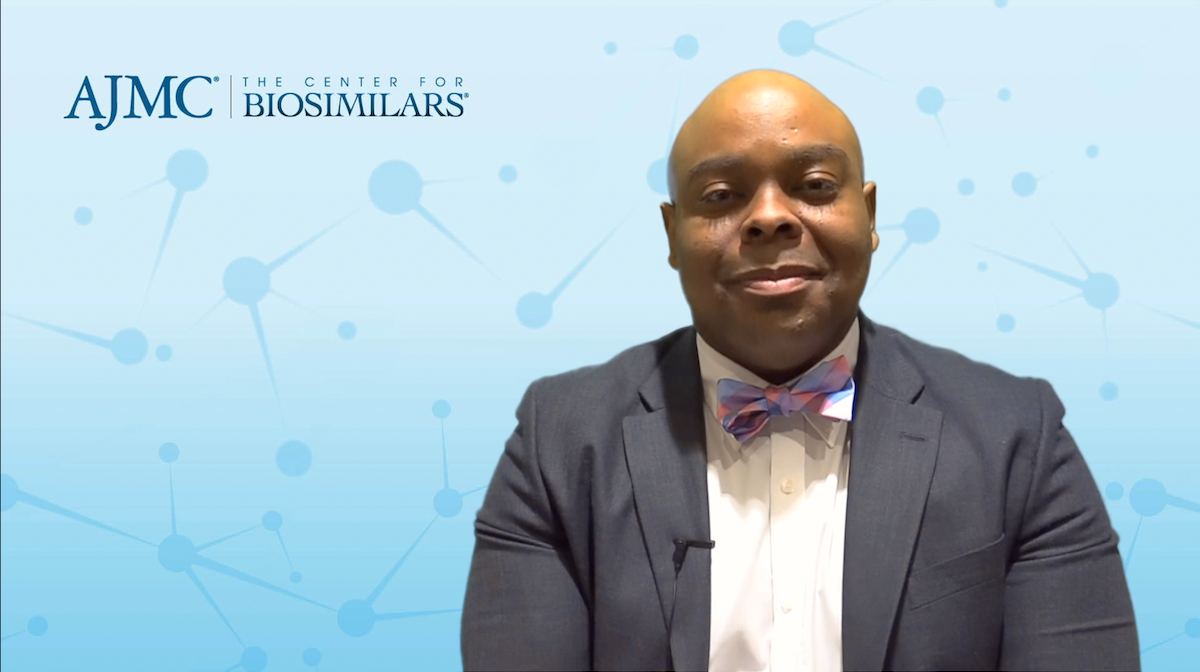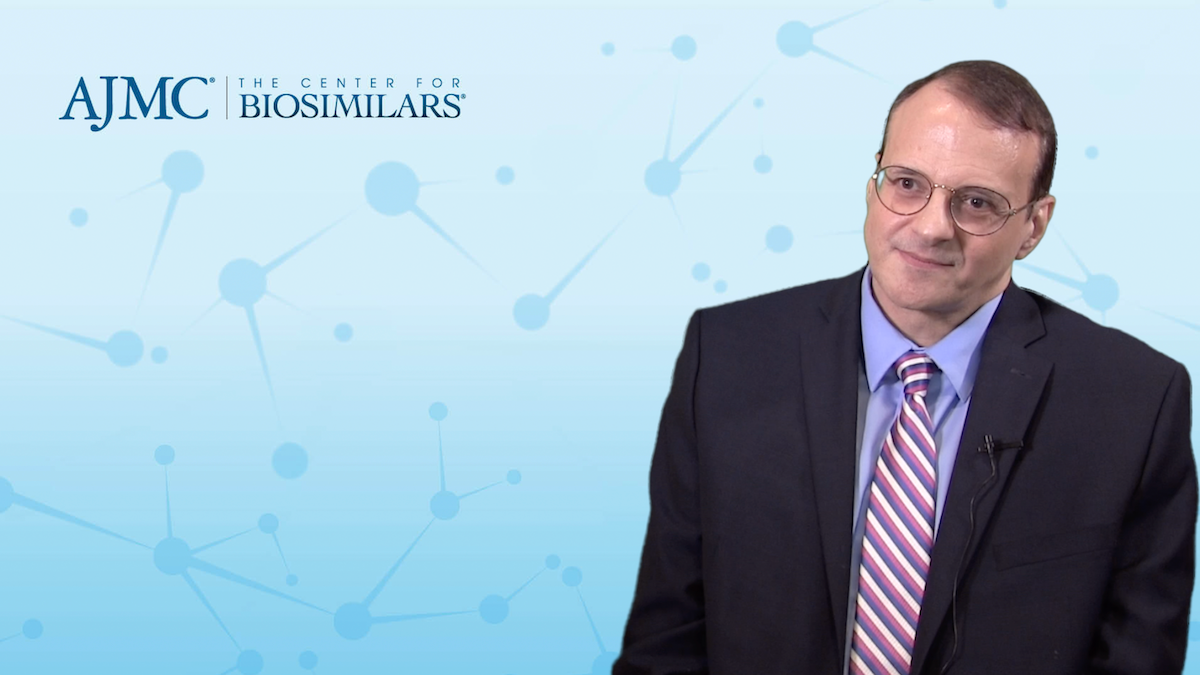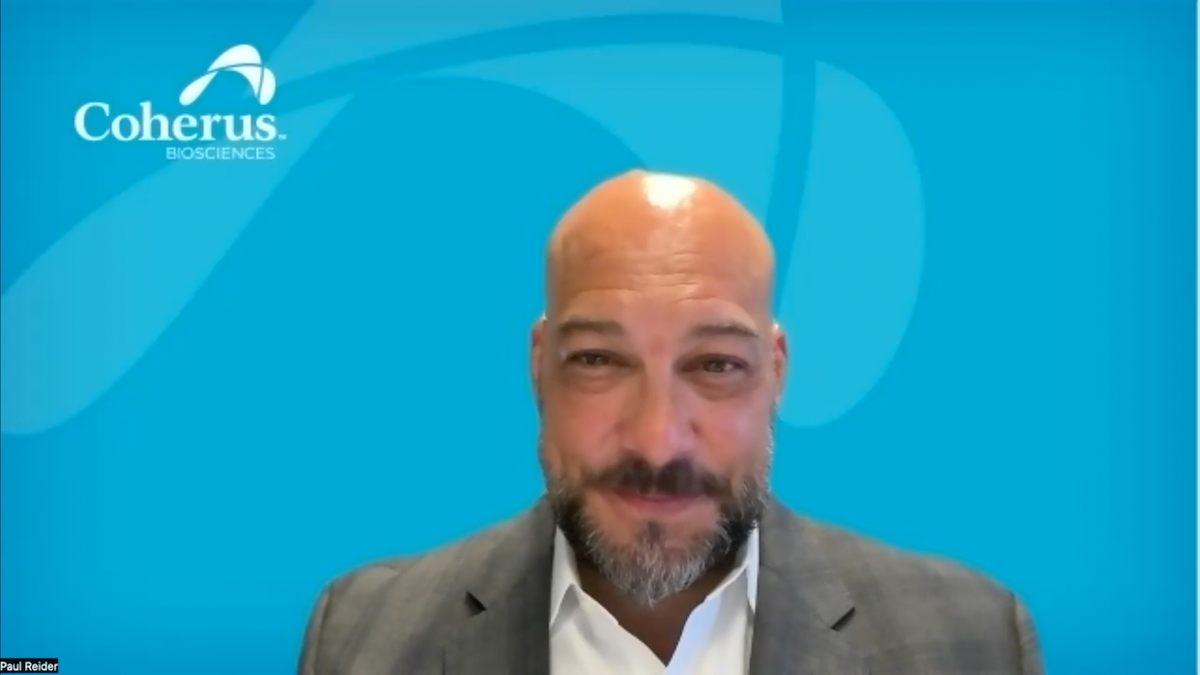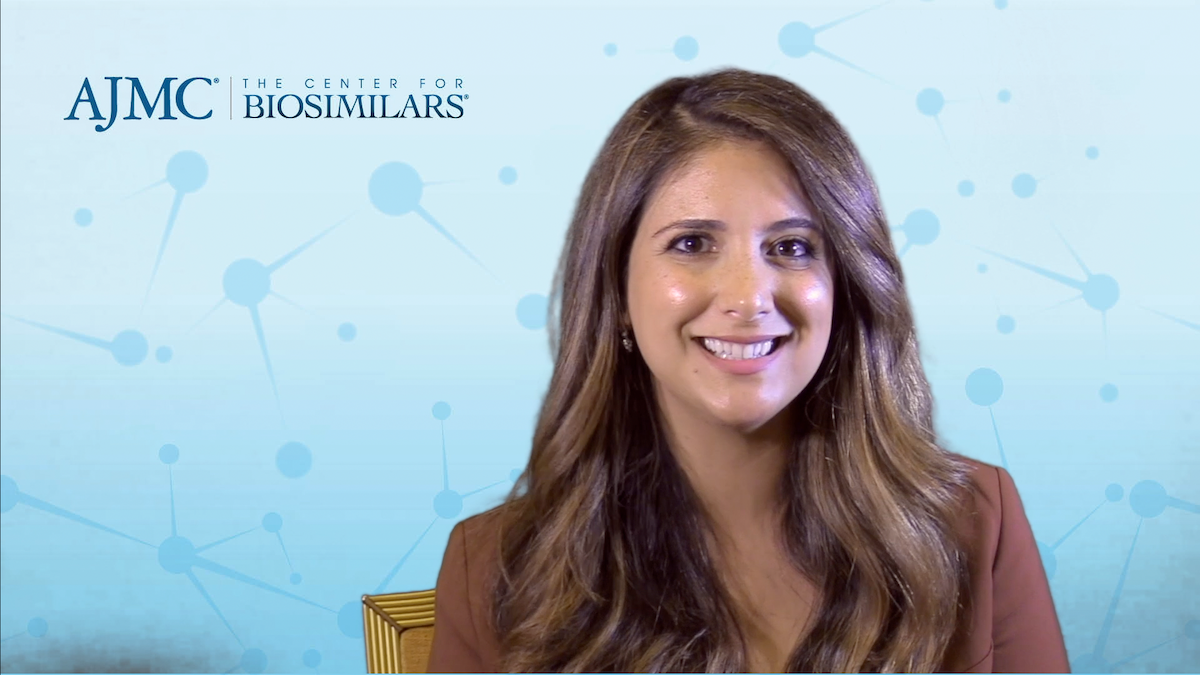- Bone Health
- Immunology
- Hematology
- Respiratory
- Dermatology
- Diabetes
- Gastroenterology
- Neurology
- Oncology
- Ophthalmology
- Rare Disease
- Rheumatology
Switching to Available Biosimilars in Oncology
Bruce Feinberg, DO: Let’s go down the therapeutics that are available. There are trastuzumab-dkst and trastuzumab-anns, so you’re converting those using those biosimilars?
Michael Diaz, MD: Yes.
Bruce Feinberg, DO: You are taking active patients who are on them and making the conversion?
Michael Diaz, MD: Correct—after we talk about it with the patient. We want their approval. We want their buy-in, and we want to make sure they feel comfortable. We want to make sure they understand they’re not getting an inferior product, and we also want them to be aware so that they can help us. They can help us and notify us if they notice any differences or changes.
Once again, these are biosimilars are highly similar, but we can still see unique differences in patient to patient. It is very rare, but it can happen. When I say unique differences, sometimes a patient may have an adverse effect with 1 that they did not have with the other, and that’s why we want to make sure the patient is aware. We want to get their buy-in. We want them to be aware to look out for adverse effects, and we want them to notify us if they’re having any issues or problems that are unique.
Bruce Feinberg, DO: And bevacizumab-awwb?
Michael Diaz, MD: Yes, we are using that where clinically indicated. It has most of the indications that the reference product does, so yes, we are trying to use it where we can.
Bruce Feinberg, DO: Bhavesh, go ahead.
Bhavesh Shah, RPh, BCOP: One of the reasons why we would see this hindrance in adoption rates with some of the biosimilars in oncology is that they do not carry all the indications that the reference product has. A lot of the time, providers do not know that it is because it is an orphan indication and not because there is a difference in mechanism for ovarian cancer versus lung cancer that the FDA didn’t grant this biosimilar an indication in that setting. If you go into the NCCN [National Comprehensive Cancer Network] Guidelines, they actually recommend indications besides those that are already approved on the label. That is important to understand because as we see more indications that the reference product may be getting, the biosimilar may not have those indications. The difference is because it’s an IP [intellectual property]—related issue and not because of efficacy or mechanism of action of the drug.
Latest Biosimilar Deals Signal Growth Across Immunology, Oncology Markets
April 14th 2025During Q1 2025, pharmaceutical companies accelerated biosimilar expansion through strategic acquisitions and partnerships in hopes of boosting patient access to lower-cost treatments in immunology and oncology.
Biosimilars Oncology Roundup for June 2024—Podcast Edition
July 7th 2024On this episode of Not So Different, we review biosimilar news coming out of June, with clinical trial results from conferences and a study showcasing how to overcome economic and noneconomic barriers to oncology biosimilars.
A New Chapter: How 2023 Will Shape the US Biosimilar Space for 2024 and Beyond
December 31st 2023On this episode of Not So Different, Cencora's Brian Biehn and Corey Ford take a look back at major policy and regulatory advancements in 2023 and how these changes will alter the space going forward.
Biosimilar Approvals Streamlined With Advanced Statistics Amidst Differing Regulatory Requirements
February 25th 2025The FDA and European Medicines Agency (EMA) mandate high similarity between biosimilars and reference products, but their regulatory processes differ, especially with multiple reference products.
Similar Survival, Safety for Bevacizumab Biosimilar vs Originator in Colorectal Cancer
February 8th 2025A retrospective observational study found no significant differences in progression-free survival or safety in patients with colorectal cancers in Japan treated with ABP 215, Amgen’s bevacizumab biosimilar, or reference bevacizumab (Avastin), and estimated cost savings of 800,000 Japanese yen (approximately $5100) per patient with the biosimilar.




